In the classic text by Abelson/Sussman, Structure and Interpretation of Computer Programs, in Section 1.2.2 on tree recursion and the Fibonacci sequence, they show this image:
The tree-recursive process generated in computing for the 5th Fibonacci number

Then they write: "Notice that the entire computation of (fib 3) - almost half the work - is duplicated. In fact, it is not hard to show that the number of times the procedure will compute (fib 1) or (fib 0) (the number of leaves in the above tree, in general) is precisely Fib(n + 1)."
I understand that they're making a point about tree-recursion and how this classic case of the Fibonacci tree-recursion is inefficient because the recursive function calls itself twice:
The tree-recursive function for computing a Fibonacci number

My question is, why is it obvious (i.e. "not hard to show") that the number of leaves is equal to the next Fibonacci number in the sequence? I can see visually that it is the case, but I'm not seeing the connection as to why the number of leaves (the reduced down fib 1 and fib 0 calculations) should be an indicator for the next Fibonacci number (in this case 8, which is Fib 6, i.e. the 6th Fibonacci number, i.e. Fib n+1 where n is 5).
It is obvious how the Fibonacci sequence is computed - the sum of the previous two numbers in the sequence yields the current number, but why does the number of leaves precisely equal the next number in the sequence? What is the connection there (other than the obvious, that looking at it and adding up the 1 and 0 leaves does, in fact, yield a total count of 8 in this case, which is the next (6th) Fibonacci number, and so on)?